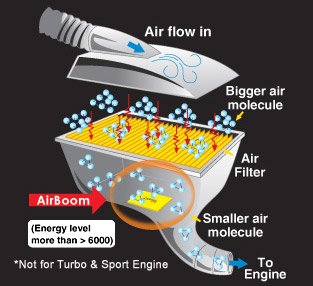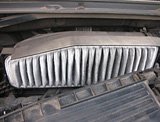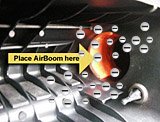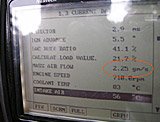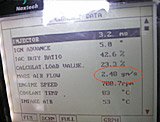
Nanotechnology, shortened to "Nanotech", is the study of the control of matter on an atomic and molecular scale. Generally nanotechnology deals with structures of the size 100 nanometers or smaller, and involves developing materials or devices within that size. Nanotechnology is very diverse, ranging from novel extensions of conventional device physics, to completely new approaches based upon molecular self-assembly, to developing new materials with dimensions on the nanoscale, even to speculation on whether we can directly control matter on the atomic scale. For example, if you take aluminum and cut it in half, it is still aluminum. But if you keep cutting aluminum in half until it has dimensions on the nano scale, it becomes highly reactive. This is because the molecular structure was changed.
There has been much debate on the future of implications of nanotechnology. Nanotechnology has the potential to create many new materials and devices with wide-ranging applications, such as in medicine, electronics, and energy production. On the other hand, nanotechnology raises many of the same issues as with any introduction of new technology, including concerns about the toxicity and environmental impact of nanomaterials [1], and their potential effects on global economics, as well as speculation about various doomsday scenarios. These concerns have led to a debate among advocacy groups and governments on whether special regulation of nanotechnology is warranted.


MOLECULAR ASSEMBLER.
A molecular assembler as defined by K. Eric Drexler is a "proposed device able to guide chemical reactions by positioning reactive molecules with atomic precision." Some biological molecules such as ribosomes fit this definition, since while working within a cell's environment, they receive instructions from messenger RNA and then assemble specific sequences of amino acids to construct protein molecules. However, the term "molecular assembler" usually refers to theoretical human-made or synthetic devices. Development of ribosome-like molecular assemblers was funded in 2007 by the British Engineering and Physical Sciences Research Council. It is clear that molecular assemblers in this limited sense are possible. A technology roadmap project, led by the Battelle Memorial Institute and hosted by several U.S. National Laboratories has explored a range of atomically precise fabrication technologies, including both early-generation and longer-term prospects for programmable molecular assembly; the report was released in December, 2007[1].
However, the term "molecular assembler" has also been used in science fiction and popular culture to refer to a wide range of fantastic atom-manipulating nanomachines, many of which may be physically impossible in reality. Much of the controversy regarding "molecular assemblers" results from the confusion in the use of the name for both technical concepts and popular fantasies. In 1992, Drexler introduced the related but better-understood term "molecular manufacturing," which he defined as the programmed "chemical synthesis of complex structures by mechanically positioning reactive molecules, not by manipulating individual atoms."[2]
Much of the body of this article discusses "molecular assemblers" in the popular sense. These include hypothetical machines that manipulate individual atoms, and machines with organism-like self-replicating abilities, mobility, ability to consume food, and so forth. These are quite different from devices that merely (as defined above) "guide chemical reactions by positioning reactive molecules with atomic precision".
Because synthetic molecular assemblers have never been constructed, and because of the confusion regarding the meaning of the term, there has been much controversy as to whether "molecular assemblers" are possible or simply science fiction. Confusion and controversy also stem from their classification as nanotechnology, which is an active area of laboratory research which has already been applied to the production of real products; however, there had been, until recently, no research efforts into the actual construction of "molecular assemblers". A primary criticism of the computational research into products of advanced "molecular assemblers" is that the structures investigated are impossible to synthesize today.



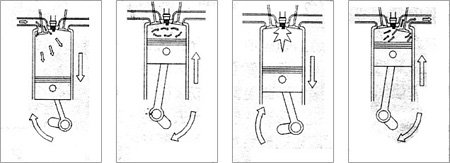

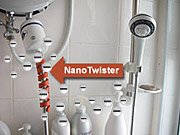
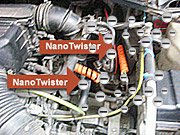

 Cell Phone
Cell Phone Cell Phone
Cell Phone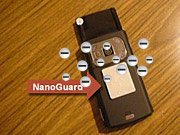 Cell Phone
Cell Phone